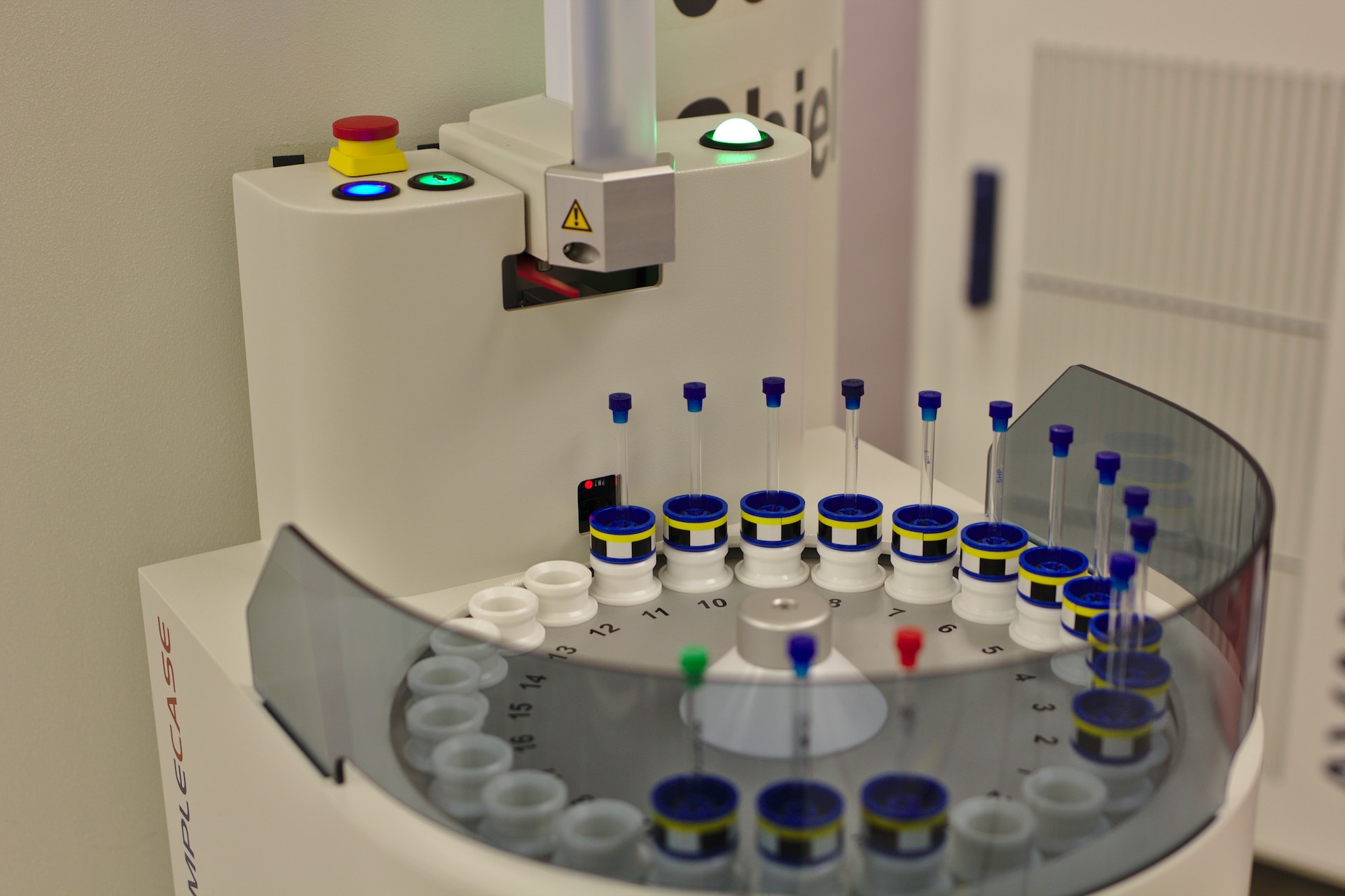Navigating Post-Translational Modifications in Single-Cell Analysis

On the 9th and 10th of November 2022, Oxford Global was pleased to host its flagship NextGen Omics UK: In-Person event. Held in London, the conference brought together Europe’s most successful omics-based experts.
The two-day cutting-edge scientific conference event welcomed over 500 delegates onsite from leading pharmaceutical and biotech companies, as well as top academic research institutes. The programme featured 80-plus dedicated presentations, case studies, and discussions on critical topics ranging from Next Generation Sequencing to spatial analysis and genome editing.
A panel discussion dedicated to strategies for navigating single-cell analysis was one of the event's highlights. This article delves into some of the critical insights divulged during the discussion.
Meet the Panel

Akos Vegvari, Project Lead at the Karolinska Institutet, moderated the discussion. Vegvari is responsible for leading the Proteomics Biomedicum core facility at the institute in Stockholm and has research interests focused on disease-linked, mass-spectrometry-based proteome analysis, including targeted cancer proteomics, proteogenomics, and more recently single cell proteomics.

Yann Abraham, Senior Principal Scientist at Janssen Pharmaceuticals, joined Vegvari. Abraham is an expert in single-cell, high-dimensional data analysis with over 18 years of experience. He aspires to one day lead the application of these technologies in the context of drug discovery and clinical trials, applying cutting-edge data analysis to address biologically relevant challenges. His ethos is as follows: “bring value through execution, lead with tactical vision.”

Carolina Oses Sepulveda, Researcher, Spatial Proteomic Unit at SciLifeLab, joined Vegvari and Abraham. Oses works principally with PhenoCycler/CODEX, COMET, and LabSat instruments, the first two are IF multiplexing instruments that allow visualisation of over 40 markers in a single sample. “We offer our users state-of-the-art infrastructure for Proteins Spatial Profiling. But if we can’t offer it to you, we are going to work and create it, that is what we do in SciLifeLab and in Spatial Proteomics Unit,” Oses explains.
Post-Translational Modifications in Single-Cell Analysis
The panel opened with a discussion on the available methods for post-translational modification in single-cell analysis. One audience member inquired about the potential of using modified peptides to initiate such covalent processing events.
Vegvari responded by outlining the possibility of using enriched phosphopeptides from bulk live cell lysates. “Enriched phosphopeptides can be spiked into a carrier selection to detect a phosphorylated peptide in a single cell,” he explained. “This can help to improve the probability of being able to detect any phosphorylation in single cells.”
- Utilising Single-Cell Metabolomics to Reveal Metabolic Cell States
- Current Bioinformatics Trends in Single-Cell Data Analysis: Good Practice Makes Perfect
- Single-Cell Transcriptomics and Implications for COVID-19 Severity
In response, a further question from the audience asked about the necessity of enriching the phosphorylated proteome before analysis. Vegvari indicated that for single cells, this is impossible. “It is important to remember that with phosphorylation or any other post-translational modification, the single cell level represents only a fraction of the total protein.” The amount of available protein left for dissection is minimal.
Abraham agreed, explaining how “it is very difficult to identify phosphorylated peptides at the single cell level.” However, it may be possible to play around with pre-treating cells to provide enough differential measurement to validate overtime. But as Abraham pointed out, “there is still no guarantee.”
Antibody Phosphorylation Targeting
Phosphorylation of antibodies provides a further means of post-translational modification in single-cell analysis. Often, with this process, two antibodies are needed; one specific for the full protein minus the phosphorylation and one specific for the phosphorylated site. Without this, it is not possible to control and determine the change in phosphorylation or the protein amount.
Oses spoke of the various efforts SciLifeLab are employing to conduct antibody phosphorylation targeting. “We are currently focusing on targeting phosphorylated cells with antibodies on a single-cell basis, but we can’t do the same with tissue,” she confirmed. Spatial Proteomics does not conduct targeting with mass spectrometry jet, but they are working on it.
The Problem with the Protein
The discussion then addressed the various challenges of proteomics and protein identification following post-translational modifications. A common challenge encountered during the post-translational phase is that the number of modifications can obscure objectivity and the ability to precisely define the protein.
As Vegvari puts it, “we have isoforms, mutations, and both dynamic and constant modifications — all of which have the potential to alter the cell dramatically.” Therefore, with post-translation it can be difficult to ascertain specific details about the biological changes performed. “Even with the best mass spectrometers available, we are not able to define the protein and essentially correctly interpret the biology or functionally unique unit in a cell,” he confirmed.
“Enriched phosphopeptides can be spiked into a carrier selection to detect a phosphorylated peptide in a single cell,” Vegvari explained. “This can help to improve the probability of being able to detect any phosphorylation in single cells.”
Strategies to overcome this include conducting a multi omics approach that combines genomics and epigenetic transcriptomics. This involves measuring the proteome as well as any detectable antibodies and peptides. Whilst this method is only an “inference,” it does, as Abraham explained, “provide a better chance of providing a definition at the protein level.”
Performing chemical proteomics can also help to answer the question. Chemical proteomics analyses protein activity and the means to indicate exact targets for binding. “It gives you the chance to specify the compound or metabolite it is supposed to bind to and then observe the amount of protein that successfully binds, which in turn is the functional definition of a protein.” Abraham confirmed.
The Conversation Continues at Single Cell Proteomics Online Symposium 2023...
The upcoming Single Cell Proteomics Online Symposium 2023 is scheduled for Tuesday 23rd May. It is a comprehensive 1-day meeting that will discuss the most recent technological advancements and applications of single-cell proteomics.
From cutting-edge case studies to the latest in products and services, our online event will bring together leading academics for a day of discussion, knowledge sharing, and focused networking sessions. Interested in joining the conversation? Register today and attend the not-to-be-missed event.
Visit our Omics Portal to learn more about the latest research into spatial omics and its developments. If you’d like to register your interest in Oxford Global‘s upcoming Spatial Biology UK: In-Person event, click here.






